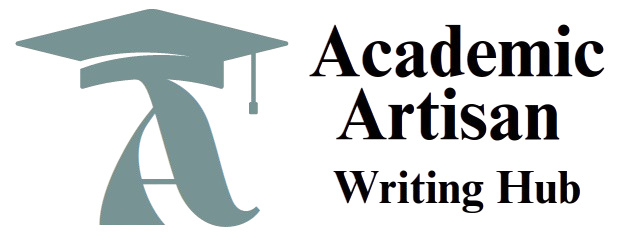WhatsApp Number: +1(249) 265-0080
Feeding Eating Disorders
using APA citation and references
Post a response to the following:
- Describe the differences between avoidant/restrictive eating disorder, anorexia nervosa, bulimia nervosa, and binge eating disorder.
- Explain the significance of these disorders being mutually exclusive.
- Explain how pica differs from the other disorders in this category.
- What diagnosis would you give clients who do not meet the diagnostic criteria for a specific feeding and eating disorder but who do need treatment?
- American Psychiatric Association. (2022). Diagnostic and statistical manual of mental disorders (DSM-5-TR) (5th ed., text rev.). https://doi.org/10.1176/appi.books.9780890425787
- “Feeding and Eating Disorders” (pp. 371–397)
Note: Review this entire classification.
- “Feeding and Eating Disorders” (pp. 371–397)
- American Psychiatric Association. (2022). DSM-5-TR online assessment measures. Links to an external site.https://www.psychiatry.org/psychiatrists/practice/dsm/educational-resources/assessment-measures
- Document: Comparing Feeding and Eating Disorders Download Comparing Feeding and Eating Disorders(PDF)
Check our essay writing services here
Differences between Feeding and Eating Disorders
Avoidant/restrictive food intake disorder (ARFID), anorexia nervosa, bulimia nervosa, and binge eating disorder (BED) are all distinct eating disorders, but they share common characteristics of abnormal eating behavior and may have serious health consequences.
- Avoidant/Restrictive Food Intake Disorder (ARFID) involves significant restrictions in the types and amounts of food consumed, but unlike anorexia nervosa, it is not driven by a fear of gaining weight or body image distortion. Individuals with ARFID may avoid food due to sensory characteristics, such as texture or smell, or due to a past negative experience with food (American Psychiatric Association, 2022).
- Anorexia Nervosa is characterized by an intense fear of gaining weight, which leads to restrictive eating behaviors and significantly low body weight. Individuals often have a distorted body image, seeing themselves as overweight despite being underweight (American Psychiatric Association, 2022).
- Bulimia Nervosa involves recurrent episodes of binge eating followed by compensatory behaviors, such as self-induced vomiting, excessive exercise, or laxative abuse, to prevent weight gain. Unlike anorexia nervosa, individuals with bulimia may maintain a normal weight or


